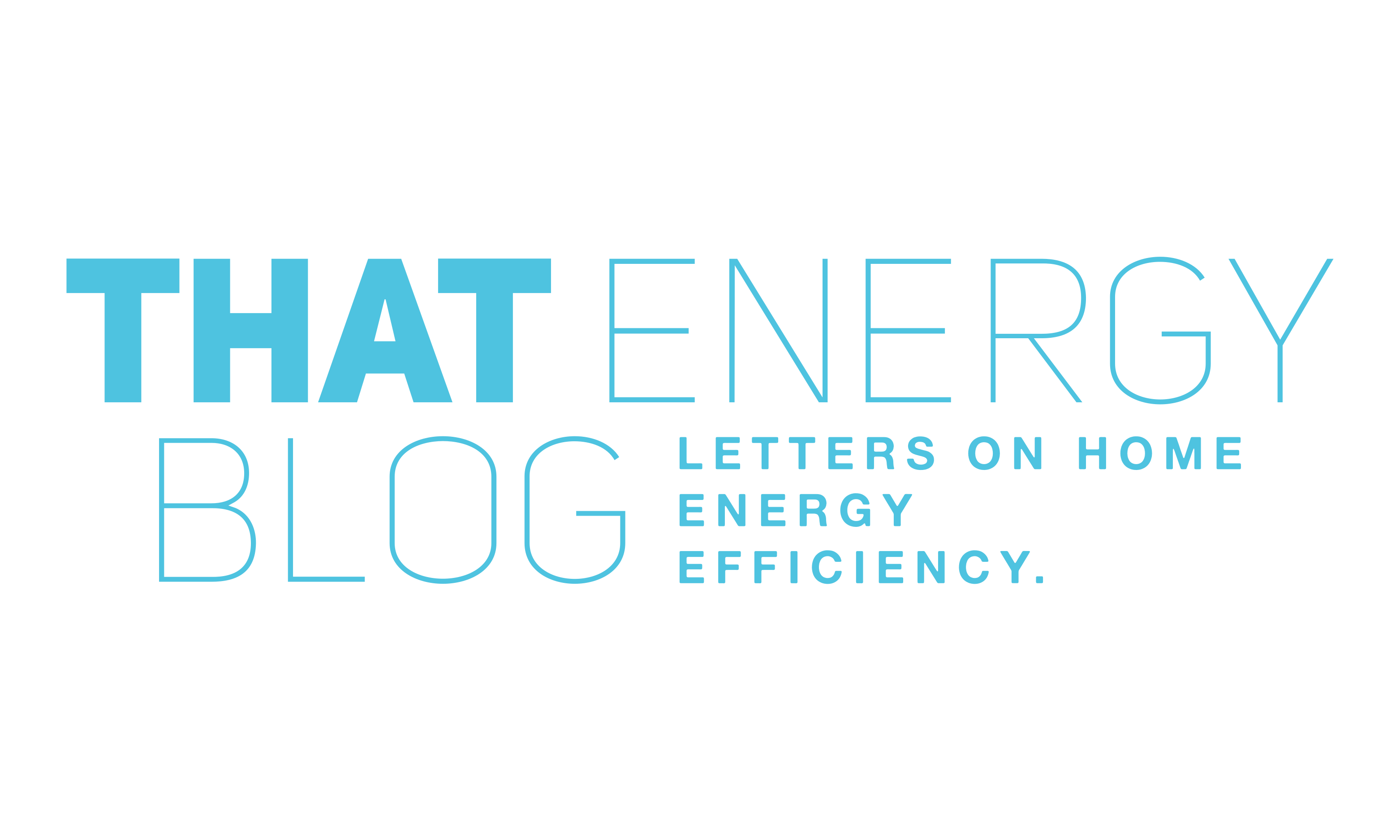- Part 1: An Introduction to Air Source Heat Pumps
- Part 2: Choosing, Installing, Maintaining, and Operating Air Source Heat Pumps
- Part 3: A Deep Dive into the Efficiency Characteristics of Air Source Heat Pumps
Dear Reader:
Heat pumps work in cold climates. Period. They use electricity and are more efficient than their natural gas counterparts. When you finish the series, you will be able to say confidently that some heat pumps are more efficient at negative 30 degrees Celsius than a high-efficiency gas furnace. You will say that as it gets colder the efficiency is reduced and as a result the heating capacity is also reduced. But not below the point of 100% efficiency – in really cold climates, installations will include a hybrid gas system or electric backup to fulfill the needed heating for a small portion of a season. Many manufacturer’s have achieved stable operation at negative 30 C. The barriers to market for heat pumps are simply old news. Heat pump technology is equally old; close to 170 years old (the first heat pump is known to have been built in 1856)!
As energy efficiency and environmental responsibility become increasingly important in modern society, more and more people are looking for ways to reduce their carbon footprint and decrease their reliance on nonrenewable energy sources. One popular solution is the use of air source heat pumps in homes. In this letter, we will explore what air source heat pumps are and how they can benefit homeowners.
Air source heat pumps are a type of renewable energy technology that work by absorbing heat from the outside air and transferring it into a building to provide heating. This process is accomplished through the use of a refrigerant fluid that cycles through the system, absorbing heat from the outdoor air and releasing it inside the building. Air source heat pumps can also be used to cool homes during the summer months by reversing the cycle.

Imagine your home as a giant thermos bottle, keeping your hot or cold beverages at the perfect temperature all year long. Now, imagine there was a magical device that could create this comfortable indoor climate out of thin air. No, this is not a fairy tale – it’s the story of air source heat pumps (ASHPs). In this four-part series, we will dive into the world of ASHPs, exploring their different configurations, their suitability for cold climates, and their efficiency characteristics.
Picture a group of penguins huddling together to stay warm in the Antarctic. Just as these clever birds harness the collective warmth of their bodies, ASHPs gather the available heat energy in the outdoor air and bring it into your home. In fact, today’s advanced ASHPs can efficiently operate at temperatures as low as -22°F (-30°C).
Configurations of Air Source Heat Pumps:
Central Split Ducted ASHPs:
Think of central split ducted ASHPs as the conductor of an orchestra, harmoniously coordinating the flow of air throughout your home. This system consists of an outdoor unit (the compressor) and an indoor air handler connected by refrigerant lines. The ductwork then distributes the conditioned air to each room.
A helpful analogy for the central split ducted ASHP is a central air conditioning system. Both systems use similar components and ductwork to distribute conditioned air. However, the ASHP can reverse its operation to provide both heating and cooling, making it a versatile choice for homeowners.
Mini-Split (Ductless) ASHPs:
If central split ducted ASHPs are the conductors of an orchestra, then mini-split (ductless) ASHPs are the soloists, each providing customized comfort to a specific area of your home. These systems consist of individual indoor air handlers, mounted on the wall or ceiling, connected to an outdoor compressor unit. Each indoor unit can be controlled independently, offering precise temperature control and energy savings.
It’s a group of musicians, each playing their own tune in different rooms of your home. When you enter a room, you can adjust the volume or change the melody to suit your preferences. This is the essence of a mini-split ASHP, allowing you to create a unique climate in each room.

Central Packaged ASHPs:
Central packaged ASHPs can be likened to a one-stop-shop, where all the components are housed in a single outdoor unit. This compact system then connects to your home’s ductwork to distribute conditioned air.
So, you can picture a grocery store where you can find all the ingredients for your favorite meal in one convenient location. The central packaged ASHP is similar in its convenience, offering a streamlined solution for heating and cooling your home.
Cold Climate Air Source Heat Pumps:
Cold climate ASHPs have come a long way from their humble beginnings. Once considered a poor choice for colder regions, these devices have evolved to become effective and reliable solutions for heating and cooling in temperate to frigid climates. Their secret? The ability to extract heat from the outdoor air, even when temperatures dip well below freezing.
Air source heat pumps are truly magical devices, capable of extracting heat from the outdoor air and creating a cozy haven in your home. Cold climate ASHPs, in particular, have advanced significantly to offer effective solutions for heating and cooling even in gruesome temperatures. With a variety of configurations, such as central split ducted, mini-split (ductless), and central packaged systems, there’s an ASHP suitable for every home.
The next time we write, let’s delve deeper into the world of ASHPs, discussing factors to consider when choosing the right system for your needs, as well as installation and maintenance tips.
Related
Matt Ingvardsen
Related posts
Weekly Updates
* You will receive the latest news and updates on new letters.




